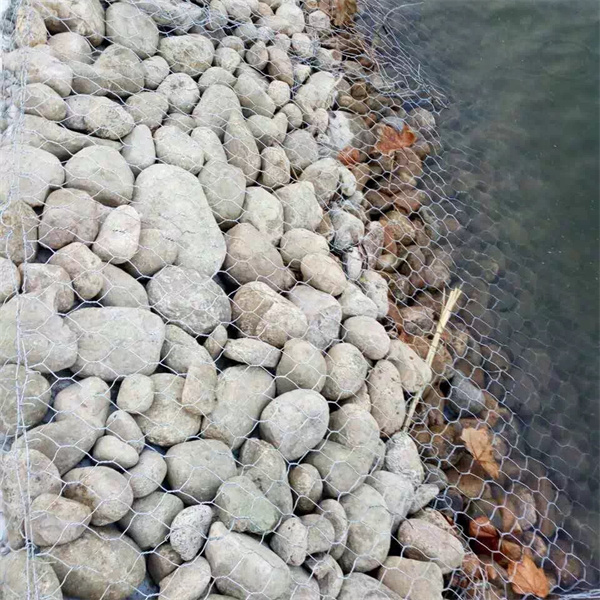Nov . 19, 2024 19:31 Back to list
Reliable Oyster Gabion Suppliers for Sustainable Coastal Solutions and Environmentally Friendly Projects
Understanding the Role of Oyster Gabions in Coastal Protection A Focus on Suppliers
As the effects of climate change continue to threaten coastal ecosystems, innovative solutions are being implemented to safeguard shorelines and habitats. Among these strategies, oyster gabions have emerged as a sustainable method for coastal protection and habitat restoration. These structures, built from wire mesh and filled with natural materials, such as rocks or recycled concrete, are designed to support the growth of oyster populations while also providing a barrier against erosion. In this context, the role of oyster gabion suppliers becomes crucial in the effective deployment and success of these environmentally-friendly solutions.
Oyster gabions serve multiple essential functions. Primarily, they act as a form of erosion control, reducing the impact of waves and storm surges on vulnerable shorelines. By dissipating wave energy, these structures can help protect coastal communities from flooding and erosion, ultimately preserving both the land and the ecosystems that depend on healthy shorelines. Additionally, they create a habitat conducive to oyster growth, which improves water quality and promotes biodiversity. Oysters filter water, remove sediments, and provide food and shelter for various marine species, thereby enhancing the overall health of coastal environments.
The demand for oyster gabions has led to the emergence of specialized suppliers dedicated to providing high-quality materials and design services. These suppliers play a pivotal role in ensuring the effectiveness and durability of gabion structures. When choosing an oyster gabion supplier, there are several factors to consider. Firstly, it is essential to evaluate the supplier's expertise in marine engineering and coastal ecology. Knowledgeable suppliers can offer tailored solutions that align with the specific environmental conditions and restoration goals of a project.
oyster gabion supplier

Moreover, it is vital to consider the materials used in the construction of gabions. A reliable supplier will use corrosion-resistant wire mesh, ensuring that the structure remains intact even in harsh marine environments. Additionally, the choice of fill material should be environmentally sustainable, promoting the growth of oyster populations without disrupting local ecosystems. Recycled materials, such as crushed concrete or locally sourced rocks, can often serve as excellent options.
The collaboration between oyster gabion suppliers and environmental agencies or community organizations can significantly enhance the success of restoration projects. By working together, these stakeholders can strategize the placement of gabions to maximize their ecological benefits while providing necessary protection to coastlines. Furthermore, suppliers can provide essential education and training for local communities, empowering them to participate in ongoing maintenance and monitoring of the gabion structures.
In recent years, there has been a growing recognition of the importance of integrating nature-based solutions into traditional engineering practices. Oyster gabions exemplify this shift, demonstrating how human ingenuity can work in harmony with nature to achieve effective outcomes. As climate change continues to pose challenges for coastal areas, the role of oyster gabion suppliers will only become more significant. By offering innovative, sustainable, and effective solutions, these suppliers are instrumental in creating resilient coastal ecosystems that can withstand the test of time.
In conclusion, oyster gabions represent a forward-thinking approach to coastal protection and habitat restoration. The role of suppliers in this process is vital, providing the necessary materials, expertise, and support to implement these structures effectively. By embracing the concept of utilizing natural elements within engineering projects, communities can foster healthier ecosystems, protect their shorelines, and prepare for future environmental challenges. The future of coastal resilience may well lie in the hands of those who supply and support the growth of these remarkable oyster habitats.
-
Visualizing Gabion 3D Integration in Urban Landscapes with Rendering
NewsJul.23,2025
-
The Design and Sustainability of Gabion Wire Mesh Panels
NewsJul.23,2025
-
The Acoustic Performance of Gabion Sound Barriers in Urban Environments
NewsJul.23,2025
-
Mastering the Installation of Galvanized Gabion Structures
NewsJul.23,2025
-
Gabion Boxes: Pioneering Sustainable Infrastructure Across the Globe
NewsJul.23,2025
-
Custom PVC Coated Gabion Boxes for Aesthetic Excellence
NewsJul.23,2025
-
Installation Tips for Gabion Wire Baskets in Erosion Control Projects
NewsJul.21,2025






